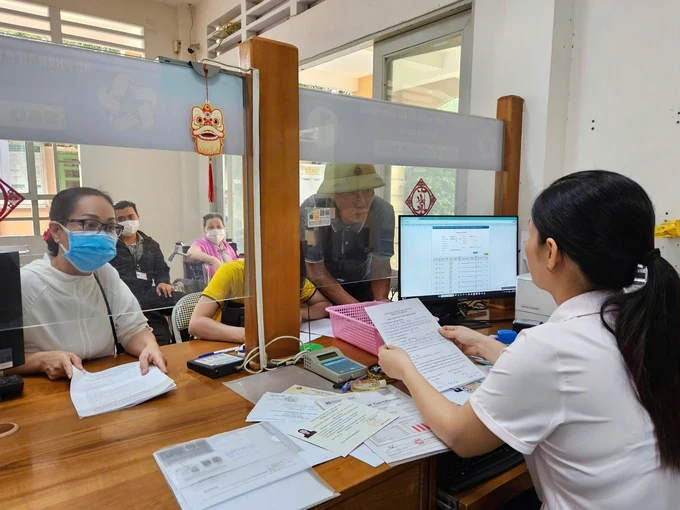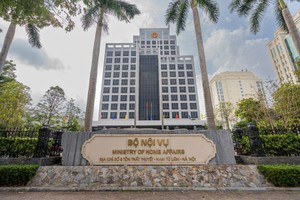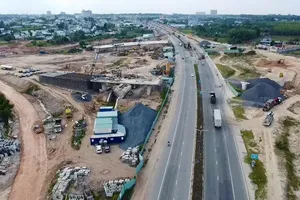
Following the anticipated restructuring of commune-level administrative units and the elimination of district-level administration, the demographic scale, territorial expanse, and functional responsibilities of commune-level governance are projected to expand significantly.
During a recent meeting of Party and State leadership with veteran revolutionaries, individuals with meritorious service, and exemplary policy-beneficiary families in the Central Highlands region on March 28, General Secretary To Lam disclosed the prospective elimination of district-level administrative functions and the consolidation of approximately 5,000 commune/ward administrative units.
General Secretary To Lam articulated that, based on international models, approximately 80 percent of nations employ a tri-tiered governmental structure. Within this framework, the commune level assumes paramount importance, serving as the link closest to the populace to implement all Party and State directives.
In addressing the reconfiguration of organizational structures, numerous experts have supported the elimination of district-level governance. However, to optimize commune-level service delivery, particularly in the context of expanded demographic and territorial parameters, the robust and comprehensive integration of information technology (IT) and digital transformation is deemed indispensable.
Dr Bui Quang Tien from HCMC University of Architecture voiced that the elimination of an intermediary administrative tier would expedite decision-making and enhance operational efficacy. This aligns with the imperative for digital transformation, enabling the online processing of administrative procedures without necessitating intermediary intervention.
Dr Nguyen Huu Nguyen from the HCMC Urban Development Planning Association also agreed that the pivotal factor in the implementation of a two-tiered local government structure is the advancement of IT infrastructure. The proliferation of artificial intelligence (AI) technology facilitates seamless direct communication between provincial and grassroots levels.
He further suggested that, in the absence of district-level administration, while the expansion of commune-level personnel is constrained by streamlining mandates, digital technology adoption could be augmented through the establishment of multiple Zalo communication groups, each encompassing approximately 100 households, organized by residential neighborhoods, to facilitate bi-directional online engagement with citizens.
Sharing the same view is Dr Tra Van Trung from the University of Economics and Law (Vietnam National University – Ho Chi Minh City). The development of a modern IT infrastructure is critical for effective local governance management and operations within the context of accelerated administrative reform and digital transformation.
The elimination of district-level administration necessitates the application of IT solutions that enable direct provincial-commune connectivity, thereby mitigating processing delays and enhancing transparency and operational efficiency. Consequently, a synchronized IT framework, encompassing online public services and data inter-operability, is imperative. The online resolution of administrative procedures not only alleviates administrative burdens but also elevates service delivery quality to citizens and enterprises.

The expanded responsibilities of commune-level administration due to the elimination of district-level governance necessitate civil servants to be provided with robust management expertise, technological proficiency, and effective problem-solving capabilities.
Consequently, the implementation of training programs focused on administrative management skills, strategic planning, and crisis management is essential. Concurrently, specialized IT training is inevitable to ensure cadre proficiency in online management systems, electronic data management, and digital public service delivery.
Dr Ho Ngoc Dang from HCMC Academy of Cadres affirmed the imperative for IT integration and digital governance, saying that a digital governance framework would facilitate seamless operational management software integration and the expansion of online public service provision regardless of administrative boundary. Digital governance would also promote transparency and enhance the oversight and evaluation of local governance.
Experts assert that the establishment of a digital governance framework, established on digital technology integration, necessitates the enhancement of commune-level proficiency in IT among civil servants within the context of Industry 4.0 and digital transformation.
To optimize commune-level governance and service delivery post-restructuring, Dr Bui Quang Tien proposed solutions addressing fundamental challenges pertaining to human resources, technology, and procedural frameworks. This includes the mandatory certification of commune-level civil servants in specialized domains and IT proficiency. Each commune should be equipped with an IT specialist to manage digitization, security, data storage, and communication.
Dr Le Xuan Hau from Academy of Politics Region II advocated for the implementation of administrative management software training programs for grassroots human resources, aimed at enhancing operational efficiency, and the development of long-term training roadmaps to facilitate continuous knowledge acquisition.
























